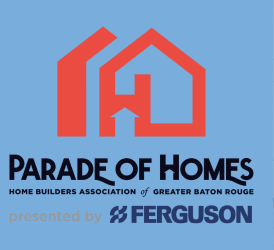
Hip roofs and gable roofs are two of the most common roof types to be found across the country. Because they are so common, initial construction, maintenance and roof replacement of both types are industry standards and competent tradesmen and contractors will be easy to find.
However, there are distinct differences.
Gable vs Hip Roof – What’s the Difference?
Hip Roofs
Hip roofs have sloping roof planes on all four sides. On a square home they would meet at a single point, creating a pyramid shape. More often the home will be rectangular, such that two opposing roof planes are longer and would meet along a central ridge, with the shorter end planes joining at each end of the ridge.
All the walls below are of the same height, with the soffit and fascia constructed uniformly around all four sides.
Gable Roofs
Gable roof forms have only two opposing roof planes that slope upwards from the top of the walls to a central ridge. The end walls continue upward past the tops of the front and rear walls in a triangular shape. This triangle is the gable.
It will usually be covered in the same material as the lower portion of the wall, but in the case of a brick veneer home the gable may alternatively be covered in siding, to save on weight and expense during original construction. There may also be a vent of some sort located in the upper part of the gable near the roof.
Pros and Cons of Gable vs Hip Roofs
Considering the roof alone, hip roofs require more material to construct and are somewhat more difficult to frame. The additional material makes hip roofs stronger and more resistant to high winds, which can be critical in some regions of the country. The soffit and fascia are much easier to reach when it is time to paint.
Gable roofs are simpler to build and require less roof material. However, looking at the whole house, the height of the gables makes them difficult to build. Scaffolding is typically required, and brick gables can be quite expensive. Painting of the soffit and fascia, along with any siding on the gable will require ladders or scaffolding, so maintenance associated with a gable style roof is more expensive long term. The high gables are susceptible to strong winds and must be appropriately braced to resist the wind.
Both hip and gable roofs can be built to protect the home and resist high winds. Cost of initial construction and maintenance should be adequately considered, but the final decision may come down to appearance and the architectural style of the home.



